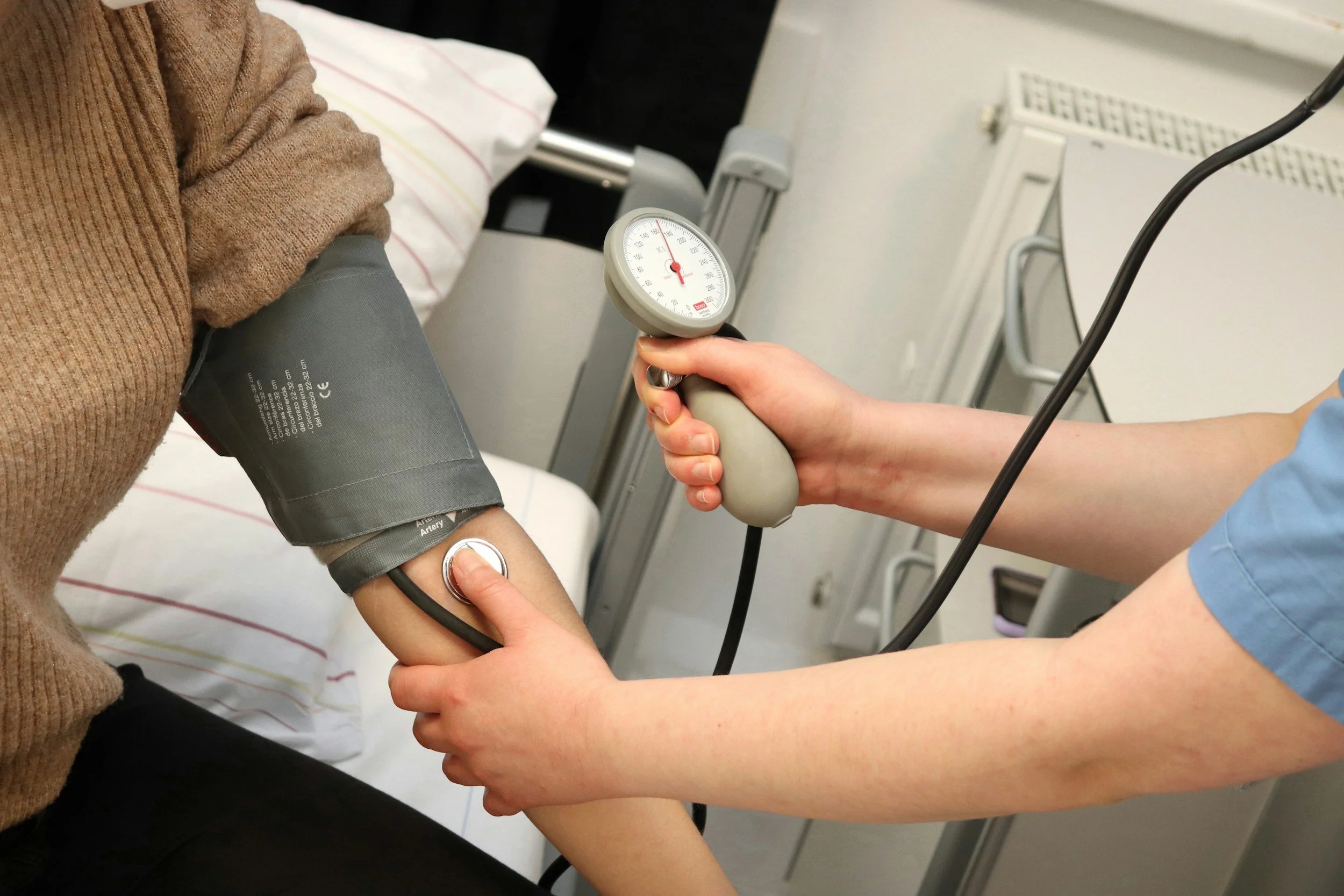How New Nurses Can Use ChatGPT to Build Critical Thinking Skills (and Confidence)
Critical thinking is the heartbeat of safe nursing practice. As a new nurse, you’re constantly synthesizing what you learned in school with what you’re seeing at the bedside—often under time pressure. That “putting the pieces together when the picture isn’t clear” feeling? That’s clinical judgment developing in real time.
While nothing replaces hands-on experience, ChatGPT (a.k.a. “Chatty G”) can be a powerful practice partner between shifts. Used wisely, it becomes a safe, judgment-free sandbox to rehearse scenarios, debrief tough moments, and sharpen your ability to anticipate, prioritize, and act.
In this guide, you’ll learn exactly how to use ChatGPT to strengthen your critical thinking, apply the nursing process (ADPIE), and boost confidence from orientation to NCLEX prep—with ready-to-use prompts you can copy/paste today.
Why Critical Thinking Matters for New Nurses
Critical thinking in nursing isn’t memorizing steps or following a checklist. It’s the ability to:
Combine what you know with what you observe
Anticipate what might happen next
Choose the safest, most effective action—and reassess quickly
That skill isn’t built overnight. It’s a mix of didactic knowledge, real patient care, and lots of practice applying judgment. Feeling overwhelmed on orientation is normal. The goal here is to accelerate your learning curve between shifts so every day on the unit feels a little clearer and a lot more manageable.
A Quick Personal Example (Why I Trust Chatty G)
I use ChatGPT constantly in life. When I took a trip to Ireland with my mom, I fed ChatGPT our dates, hotels, rental car plans, preferred wake-up time (coffee first, always), and budget. It planned a thoughtful, realistic itinerary that matched how we like to travel.
I also use it weekly to plan kid-friendly, lower-sugar meals—then push it to create a grocery list by aisle and a simple meal-prep guide. If it can remove friction from daily life, it can absolutely help remove friction from learning and applying clinical judgment.
HIPAA + Ground Rules (Read This First)
Always de-identify. Keep scenarios hypothetical. Never share names, room numbers, dates of birth, or any protected health information.
The more context, the better the answer. Like talking to a great preceptor: the clearer your question, the stronger the guidance.
Ask for re-explanations. Try: “I still don’t understand—explain it another way.” Or, “Make a mnemonic or a short song for the cranial nerves.”
Supplement, don’t substitute. ChatGPT is a practice tool—not a replacement for preceptors, policies, or real-world decision-making.
Self-awareness is the cheat code. Growth happens when you’re honest about what you don’t know and willing to dig in.
Use ChatGPT with the Nursing Process (ADPIE)
The nursing process gives you a familiar, repeatable structure. Here’s how to practice each step with ChatGPT and build real clinical judgment.
1) Assessment
Goal: Gather relevant data quickly and systematically.
Try this prompt:
“I’m caring for a 37-year-old with type 1 diabetes and hypertension who just had a laparoscopic cholecystectomy. Vitals are stable. What should I assess first and why?”
What you’ll develop:
Focusing on high-yield assessments (pain, incision sites, glucose trends, early infection signs)
Recognizing which data are critical vs. nice-to-know
Pro tip: After ChatGPT lists priorities, challenge it: “Which findings would make you call the provider immediately?”
2) Diagnosis
Goal: Interpret the data and name the problem(s).
Try this prompt:
“Based on this scenario, what potential nursing diagnoses could apply? Prioritize them and explain why.”
What you’ll develop:
Moving from raw data to meaningful conclusions
Understanding why one diagnosis outranks another right now
Pro tip: Ask: “What new information would change the priority diagnosis?” That’s true critical thinking.
3) Planning
Goal: Prioritize interventions and set realistic outcomes.
Try this prompt:
“Help me prioritize interventions for this post-op patient. Then write one measurable short-term goal.”
What you’ll develop:
Care planning that aligns with priorities (e.g., pain control, glucose checks, incision care, early ambulation, education)
Outcome thinking (e.g., “Pain < 3/10 within 1 hour after analgesic”)
Pro tip: Add constraints to simulate reality: “Assume I have 4 other patients and the tech is off the unit. What changes?”
4) Implementation
Goal: Execute safely and communicate clearly.
Try this prompt:
“I’m administering 2 mg IV morphine. What safety checks, side effects, and patient education should I cover? Write an SBAR if the patient’s RR drops to 8.”
What you’ll develop:
Safer med administration checklists
Professional communication under pressure
Pro tip: Role-play provider calls: “You’re the provider; respond with likely orders and questions so I can practice.”
5) Evaluation
Goal: Did it work? What’s next?
Try this prompt:
“If pain drops from 8 to 2 after morphine but RR is 8, what do I do next and why? What should I reassess?”
What you’ll develop:
Reassessing outcomes and identifying complications
Closing the loop and adjusting the plan in real time
Beyond ADPIE: Practical Ways to Use ChatGPT for Critical Thinking
A) Practice Clinical Scenarios
Prompt:
“Give me a med-surg patient with diabetes and shortness of breath.”
Before reading the answer, write your own plan: what to assess first, how you’d prioritize using ABCs/Maslow, your first action, and what orders/complications you anticipate. Then compare your approach to ChatGPT’s reasoning.
Why it works: Repetition builds anticipatory thinking and pattern recognition—core to safe nursing.
B) Reflection & Debrief After Shifts
Prompt:
“Here’s a situation that left me unsure: [de-identified summary]. What questions should I ask myself to understand what happened and improve next time?”
Why it works: Structured reflection transforms a tough shift into a learning loop—helpful for processing difficult or even traumatic experiences.
C) Break Down Complex Topics (Labs, Meds, Patho)
Prompt sequence:
“Explain [topic] in simple terms.”
“What would happen if this trend continued?”
“Compare [drug A] vs [drug B] for [condition].”
Why it works: You’re moving from facts → trends → implications, which is the essence of clinical judgment.
D) Prioritization Drills (Triage Without the Pressure)
Prompt:
“Give me four patients and ask who I should see first.”
Decide, explain your reasoning out loud, then ask ChatGPT to critique you using ABCs, Maslow, and safety principles.
Why it works: You’ll strengthen your prioritization muscles—one of the hardest (and most important) skills for new grad nurses.
E) Communication Practice (SBAR + Provider Calls)
Prompt:
“Help me script an SBAR for a patient with a critical potassium.”
“Role-play a provider call about hypotension; ask me questions a provider would ask.”
Why it works: Clear communication is part of critical thinking. You’re learning to present relevant data, anticipate questions, and make strong recommendations.
F) Challenge Your Thinking (Avoid Tunnel Vision)
Prompt:
“Play devil’s advocate—what else should I consider?”
Why it works: You’ll uncover alternative pathways, safety concerns, and differentials you may have missed.
G) Study Support for NCLEX Prep and Orientation
Prompt:
“Create 10 NCLEX-style questions about heart failure with rationales. Label level of difficulty.”
Why it works: Immediate feedback on why answers are right or wrong trains your brain to think beyond memorization.
Ready-to-Use Prompt Bank (Copy/Paste into ChatGPT)
Assessment
“List priority assessments for a patient admitted with heart failure and SOB.”
“What subjective and objective data matter most for new chest pain?”
Diagnosis
“Based on this case [insert], list three applicable nursing diagnoses and prioritize them.”
Planning
“Write two measurable outcomes for a post-op patient focused on pain control and early ambulation.”
Implementation
“I’m giving 2 mg IV morphine. List safety checks, monitoring, and teach-back points.”
Evaluation
“I administered insulin for BG 340. What and when should I reassess? What complications should I watch for?”
Prioritization
“Give me four patients to triage; I’ll pick who to see first and explain why.”
Communication
“Draft an SBAR for a patient with K+ 2.8 and new PVCs.”
Reflection
“Here’s a de-identified scenario I struggled with; give me reflective questions and one improvement plan.”
Common Pitfalls (and How to Avoid Them)
Vague prompts → vague answers.
Add specifics: age, key history, setting (ED vs. med-surg), trends, and constraints.Treating ChatGPT as “the answer.”
Always compare with policy, preceptor guidance, and evidence-based practice.Skipping the self-answer step.
Write your plan first; then compare. That’s where learning happens.Sharing too much detail.
Keep it hypothetical. When in doubt, de-identify more.
Three Actionable Challenges (Do These This Week)
Challenge 1: Scenario Reps
Type: “Give me a med-surg patient with shortness of breath and a history of diabetes.”
Before reading the response, jot down your first assessment, top priority, and likely complications. Then compare and adjust your reasoning.
Challenge 2: Reflect & Reset
After your next shift, de-identify a situation that left you uncertain. Ask: “What questions should I ask myself to understand what happened and improve next time?” Write one concrete change you’ll try tomorrow.
Challenge 3: Triage Practice
Ask: “Give me four patients and ask who I should see first.” Choose, explain out loud, then request a critique. Repeat weekly and track your progress.
Key Takeaways
Critical thinking is a skill you build with repetition, reflection, and structure—not overnight.
ChatGPT can accelerate your growth by giving you a safe place to practice the nursing process (ADPIE), debrief, and run drills.
The best results come when you de-identify, give clear context, self-answer first, and ask for critique.
It’s a supplement, not a substitute. Use it alongside preceptors, policies, and your unit’s reality.
If you’re willing to identify your knowledge gaps and put in the work, ChatGPT can help you think like a nurse faster.
Final Word
Used intentionally, ChatGPT can become one of your most effective learning tools by helping you rehearse clinical judgment, communicate clearly, and walk into your next shift more confident. Try one prompt today. Reflect. Repeat. You’ve got this.
And - as always, I’ve got one hand for me… and the other for you.
Until next time,
Caroline
PS. Want more on this topic? Listen to Life After Nursing School Podcast Episode 36





